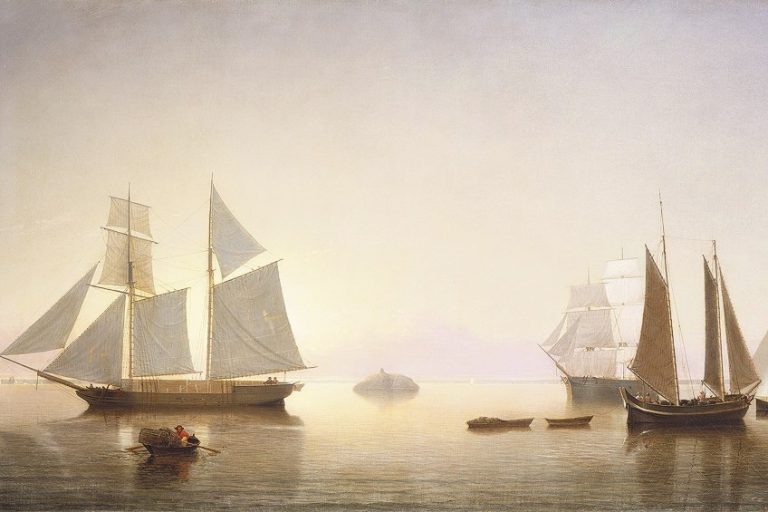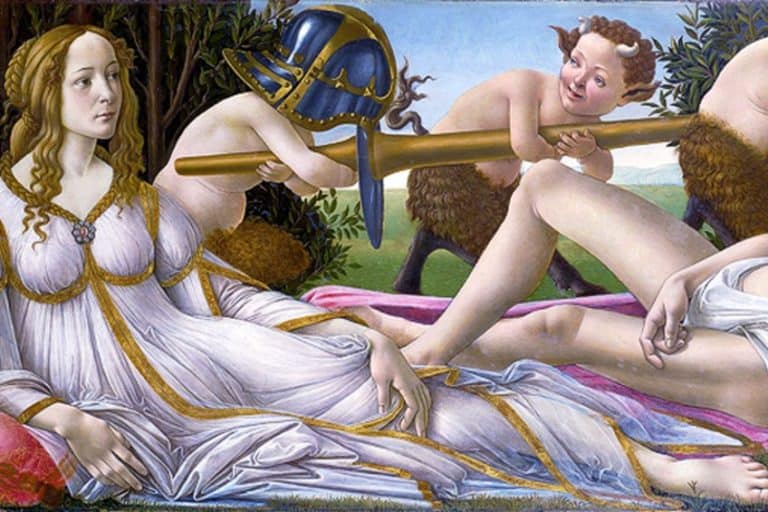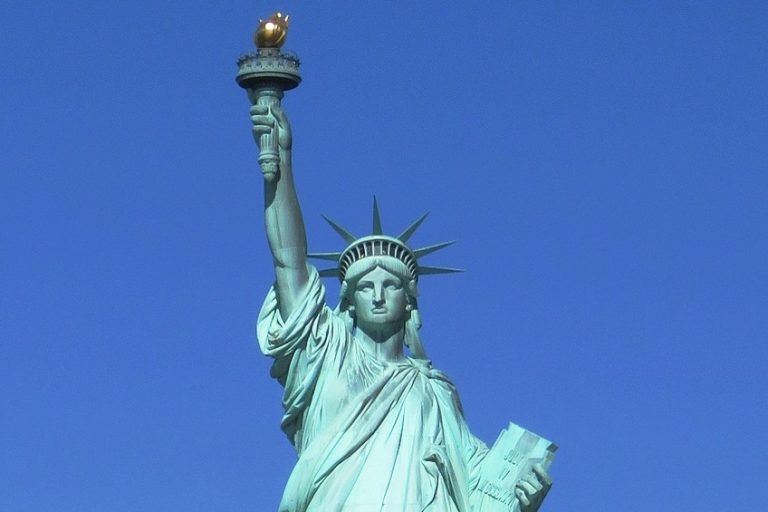“Moebius Strip II” by Maurits Cornelis Escher – Illusion in Art
Maurits Cornelis Escher’s Moebius Strip II, created in 1963, is a captivating example of the Dutch artist’s fascination with mathematical concepts and optical illusions. This lithograph features a continuous loop inhabited by ants, seamlessly traversing the enigmatic surface of the Möbius strip—a one-sided, non-orientable surface. Escher’s meticulous attention to detail and his ability to render complex geometric structures with artistic finesse invites viewers to ponder the boundaries between art and mathematics. Moebius Strip II not only exemplifies Escher’s technical prowess but also his enduring quest to explore the infinite and the impossible, solidifying his legacy as a master of illusion and a pioneer in the fusion of art and science.
Key Takeaways
- Escher’s Moebius Strip II is a 1963 woodcut artwork that depicts a Möbius strip with ants.
- The piece exemplifies Escher’s ability to blend mathematical concepts with artistic vision.
- This artwork measures about 45.4 x 20.6 cm and is printed in red, black, and grey-green.
The Artistry of Maurits Cornelis Escher
| Artist | Maurits Cornelis Escher (1898 – 1972) |
| Date Created | 1963 |
| Medium | Wood engraving |
| Genre | Mathematical art, optical illusion |
| Period/Movement | Escher’s own style |
| Dimensions (cm) | 45.4 × 20.6 |
| Series/Versions | Part of a series of works exploring mathematical concepts |
| Where Is It Housed? | Private collections, museums, and galleries worldwide |
| What It Is Worth | Difficult to estimate due to varying versions and availability; highly valued by collectors and art enthusiasts |
Maurits Cornelis Escher, a renowned Dutch artist, is celebrated for his intricate and mathematically inspired artworks. One of his notable pieces, Moebius Strip II (also known as Red Ants), epitomizes his brilliant blend of artistry and geometric curiosity. Created in 1963, this woodcut features ants crawling along a continuous surface, a concept that both fascinates and perplexes viewers.

Moebius Strip II showcases Escher’s masterful ability to transform mathematical concepts into compelling visual art. The artwork illustrates a Möbius strip, a surface with only one side and one edge, defying conventional understanding of geometry. The repetitive and meticulous arrangements of ants on this strip emphasize the surreal and thought-provoking nature of Escher’s work. The piece is a testament to Escher’s unique vision of merging art and mathematics. Measuring approximately 45.4 x 20.6 cm, this woodcut was skillfully printed from three blocks in striking colors like red, black, and grey-green.
Its complexity and precision make Moebius Strip II an intriguing subject for art enthusiasts and mathematicians alike.
Exploring Escher’s Techniques
Escher utilized a range of techniques to achieve his distinctive style. One of his primary methods was the woodcut, a printmaking process where an image is carved into a wooden surface, inked, and then pressed onto paper. This technique allowed Escher to produce multiple copies of an image while retaining intricate details. Through his woodcuts, he explored concepts such as tessellation and perspective. These techniques enabled Escher to create complex patterns and optical illusions that challenge the viewer’s perception of reality. In Moebius Strip II, the use of woodcut printing in red, black, and grey-green brings the artwork’s surreal nature to life.

Signature Elements in Escher’s Work
Escher’s artwork often includes recurring elements that define his unique style. One such element is tessellation, where shapes fit together perfectly without gaps or overlaps. This approach is evident in many of his graphic works, where he transforms regular geometric shapes into elaborate, interlocking designs. Impossible constructions are another hallmark of Escher’s work. These include structures that defy the laws of physics, such as never-ending staircases or interconnected loops. His fascination with infinite loops is clearly illustrated in Moebius Strip II, where ants walk endlessly along a continuous surface.
Finally, the representation of infinite and finite spaces through perspective and symmetry marks Escher’s artistic signature, making his work deeply engaging and thought-provoking.
Analyzing Moebius Strip II
Moebius Strip II by Maurits Cornelis Escher combines intricate symbolism with technical mastery. The piece captivates viewers both through its visual complexity and its deeper meaning.
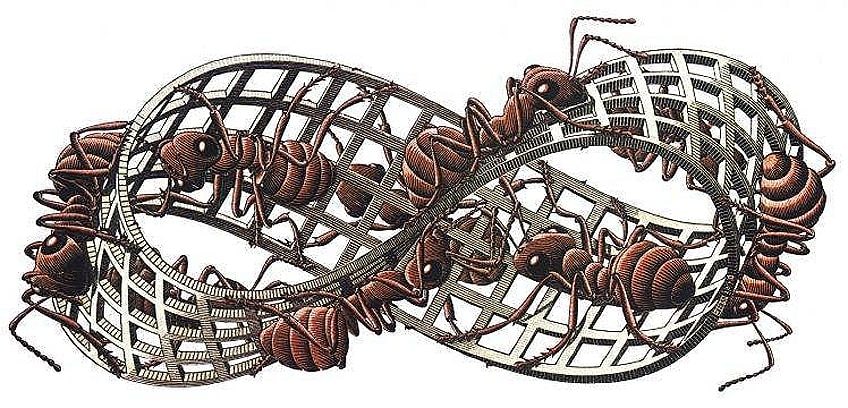
Symbolism and Meaning
Escher’s Moebius Strip II features red ants perpetually traversing a loop. This continuous journey on a never-ending path symbolizes infinity and the cyclical nature of existence. The choice of ants, known for their industrious and meticulous nature, further emphasizes the themes of relentless activity and endless endeavor.
The artwork invites viewers to ponder concepts like continuity and the interconnectedness of life, encapsulating the dual ideas of simplicity and complexity inherent in mathematical objects like the Möbius strip.

Technical Perspective
From a technical standpoint, Moebius Strip II is a woodcut, demonstrating Escher’s exceptional skill in printmaking. Measuring 45.4 x 20.6 cm, the work’s precise dimensions indicate Escher’s careful planning. The use of three blocks for color printing showcases his expertise in creating depth and contrast.
The Möbius strip itself, a surface with only one side and one boundary, highlights Escher’s fascination with mathematics and geometry, embodying his ability to merge art with scientific concepts seamlessly.

Art Market Insights
Moebius Strip II by M.C. Escher holds a significant place in the art market, reflected in its sale performances and valuation trends over the years. Escher’s Moebius Strip II has made notable impacts in auction houses. The realized prices often exceed their maximum estimates. For instance, a woodcut print of this piece, measuring approximately 556 by 310 mm, has seen a sell-through rate of over 90%, with many instances of performance vs. estimate highlighting impressive overperformances. Moreover, the artwork is often sold within its estimated range, but a considerable number exceed the high-end estimates, indicating strong demand. Repeated sales of Moebius Strip II frequently show an increase in average lot values, reflecting the enduring popularity and appreciation among collectors.
In some cases, items marked not sold tend to be rare, further indicating the high desirability of this piece.
Valuation Over Time
The valuation of Moebius Strip II has shown consistent growth. For instance, earlier sales saw median sold lot values around a specific mark, but recent years have shown significant appreciation, often surpassing the previous average. This demonstrates a positive YoY change in the artwork’s market value. The piece’s maximum estimate has been steadily increasing, reflecting higher expected valuations as the piece gains more historical and artistic significance. Tracking these values over time indicates a strong investment quality.
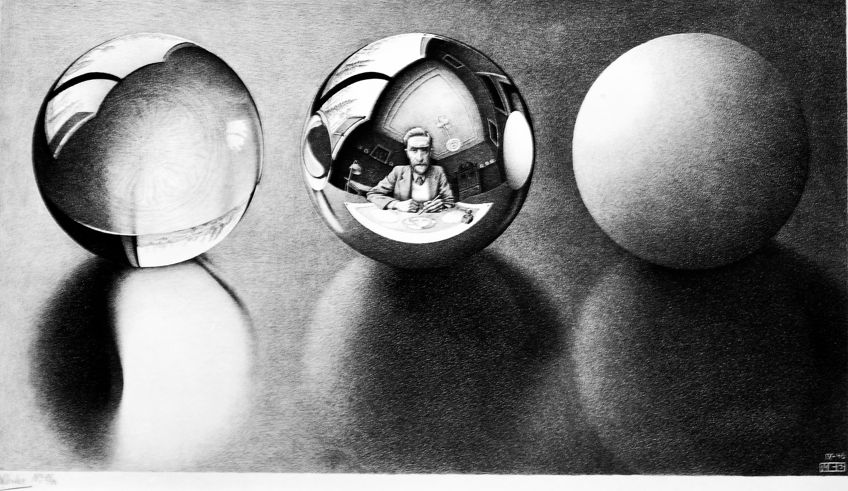
In recent years, the minimum estimates have also risen, showcasing the confidence auction houses have in this artwork’s lower bound value. The average lot values have displayed a consistent upward trend, supporting the robustness of Escher’s market performance for Moebius Strip II.
Maurits Cornelis Escher’s Moebius Strip II stands as a testament to his extraordinary ability to merge artistry with mathematical precision. Through this artwork, Escher invites us into a world where boundaries blur, challenging our perceptions of space, form, and reality. The intricate design of the Möbius strip, coupled with the playful presence of ants navigating its surface, creates a visual puzzle that continues to captivate and intrigue viewers. Escher’s legacy as a visionary artist who pushed the boundaries of artistic representation and mathematical exploration is beautifully encapsulated in Moebius Strip II, reminding us of the endless possibilities that exist at the intersection of art and science.
Frequently Asked Questions
What Are the Defining Characteristics of Moebius Strip II by Escher?
Moebius Strip II features a continuous loop with no distinct front or back, symbolizing infinity. The artwork depicts red ants crawling along the surface of the strip, enhancing the visual representation of an endless journey.
How Does Moebius Strip II Illustrate Mathematical Concepts?
Escher’s work vividly embodies the properties of a Möbius strip, a surface with only one side and one edge. This visual paradox challenges viewers’ spatial perception and demonstrates essential concepts in topology, a branch of mathematics.
What Techniques Did Escher Employ to Create Moebius Strip II?
Escher utilized woodcut printing, where images are carved into wood blocks. Multiple blocks and layers of color were employed to achieve depth and contrast. Precision and meticulous planning were critical for the intricate details and optical illusions characteristic of his work.
How Has Moebius Strip II Influenced Contemporary Art and Mathematics?
Moebius Strip II has inspired both artists and mathematicians. In art, it contributed to the Op art and Surrealism movements. In mathematics, it serves as a compelling visual tool for explaining complex topological concepts, bridging the gap between art and science.
Isabella studied at the University of Cape Town in South Africa and graduated with a Bachelor of Arts majoring in English Literature & Language and Psychology. Throughout her undergraduate years, she took Art History as an additional subject and absolutely loved it. Building on from her art history knowledge that began in high school, art has always been a particular area of fascination for her. From learning about artworks previously unknown to her, or sharpening her existing understanding of specific works, the ability to continue learning within this interesting sphere excites her greatly.
Her focal points of interest in art history encompass profiling specific artists and art movements, as it is these areas where she is able to really dig deep into the rich narrative of the art world. Additionally, she particularly enjoys exploring the different artistic styles of the 20th century, as well as the important impact that female artists have had on the development of art history.
Learn more about Isabella Meyer and the Art in Context Team.
Cite this Article
Isabella, Meyer, ““Moebius Strip II” by Maurits Cornelis Escher – Illusion in Art.” Art in Context. June 20, 2024. URL: https://artincontext.org/moebius-strip-ii-by-maurits-cornelis-escher/
Meyer, I. (2024, 20 June). “Moebius Strip II” by Maurits Cornelis Escher – Illusion in Art. Art in Context. https://artincontext.org/moebius-strip-ii-by-maurits-cornelis-escher/
Meyer, Isabella. ““Moebius Strip II” by Maurits Cornelis Escher – Illusion in Art.” Art in Context, June 20, 2024. https://artincontext.org/moebius-strip-ii-by-maurits-cornelis-escher/.




